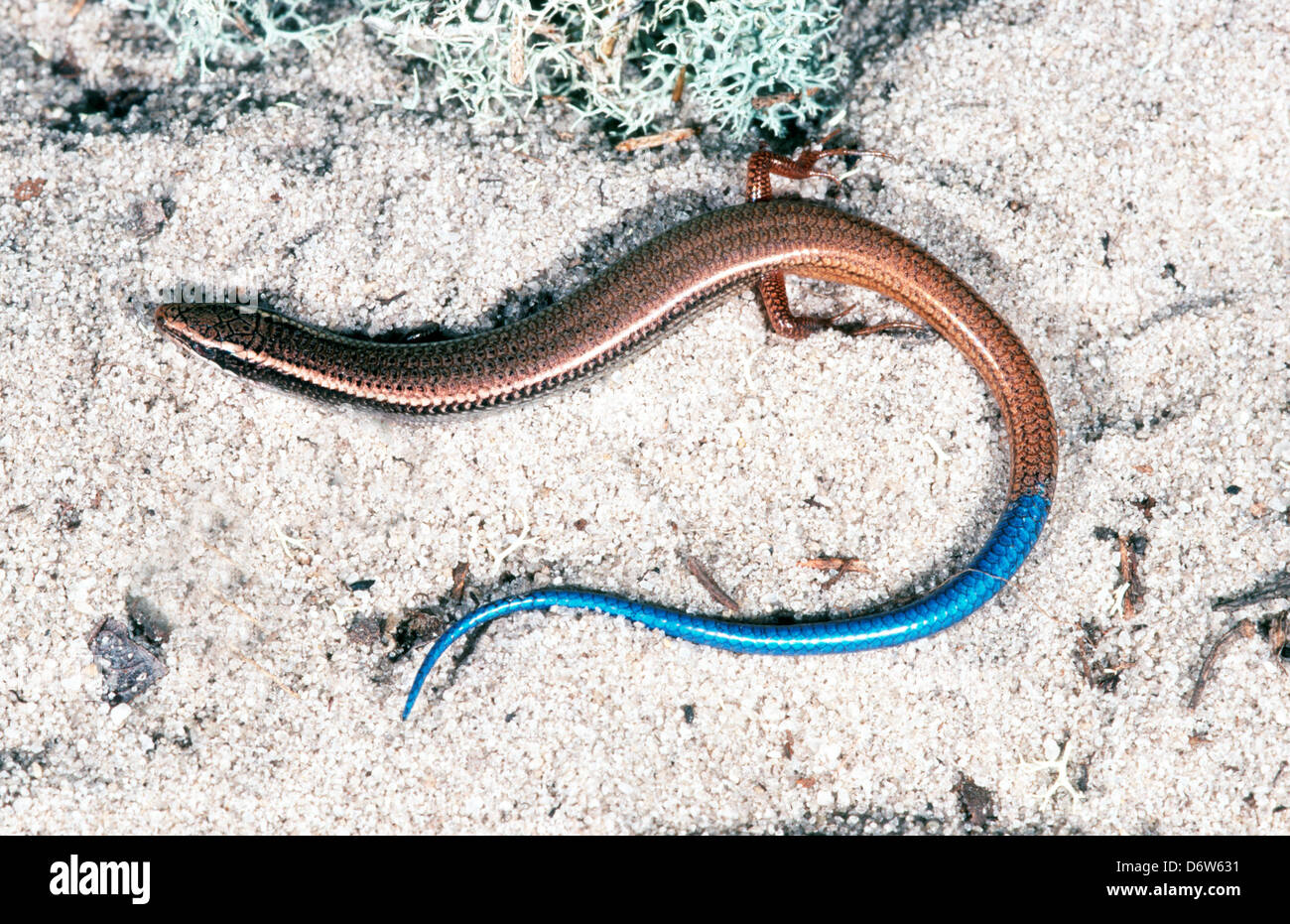

refine scrub management guidelines to include the specific requirements of sand skinks and blue-tailed mole skinks.increasing public awareness of Florida sand skinks and bluetail mole skinks.In addition, this project will indirectly contribute to the recovery of these species by: identifying research sites and collecting data to investigate life history and population ecology parameters (e.g., habitat needs, dispersal distance, etc.) of bluetail mole skinks that are important for informing conservation actions.defining co-occurrence probabilities for blue-tailed mole skinks when sand skinks are also present at a site, which will improve targeted survey efforts and inferences about presumed effects on this subspecies.identifying standardized survey techniques that maximize the detection probabilities of blue-tailed mole skinks.determining detection and occupancy estimates for these species that can be used to predict occupancy elsewhere.improving our understanding of the genetic structure of these species throughout the region.establishing population estimates for skink species to begin monitoring efforts needed to meet de-listing criteria.updating the current status and distribution of these species on private and public conservation lands in this region.The scientific genus name, Plestiodon, comes from the Greek language and means “toothy.

Females may urinate on the eggs to maintain the necessary level of humidity. Eggs need to incubate in a humid environment.During the winter months, they hibernate. Skinks are active during the day and are solitary outside of mating season.These species can bite, so only those with experience should attempt to get close enough to count them. Five-lined skinks have four labial scales. Broad-headed skinks have an enlarged row of scales under their tails and five labial scales along their upper lip (between their nose and eye). Five-lined skinks look very similar to their cousins, broad-headed skinks, and must be examined up close to determine the species.They reach sexual maturity at two or three years of age. The young leave the nest after only a couple of days, at which point their parents no longer provide for them. In colder weather, the eggs may incubate for nearly two months. The incubation period depends on the temperature-in warmer weather, it can be as short as 24 days. They start out white and become more mottled and larger as they stay in contact with the nest and absorb water. The eggs have thin, papery shells and are about half an inch long. This allows females to communally care for and defend the eggs.įemales lay about 15 eggs between May and July. Often, they will place many nests close together. Skinks tend to choose large decaying logs or stumps in moist areas for their nests. Reproduction and Life CycleĪ male skink will find a partner and clamp his mouth around her neck before mating. The five-lined skink is able to disconnect its colorful tail, which continues to twitch and distract any predators while the skink runs away to hide. PredatorsĪ variety of birds, snakes, and many small mammals, including domestic cats eat five-lined skinks. Feedingįive-lined skinks feed primarily on insects or spiders, but may also eat snails or frogs. Males have larger heads than females and have orange coloring on their snouts that develop during mating season. They are between five and 8.5 inches in length. As they age, they tend to lighten and males’ stripes may fade. The rest of the body can be black, brown or olive. Appearanceįive-lined skinks are known for the five white or yellow stripes that run down their bodies from nose to tail. It can be found in damp forested areas throughout the Chesapeake Bay watershed. The five-lined skink is a small reptile with five distinctive stripes running along the length of its body.


 0 kommentar(er)
0 kommentar(er)
